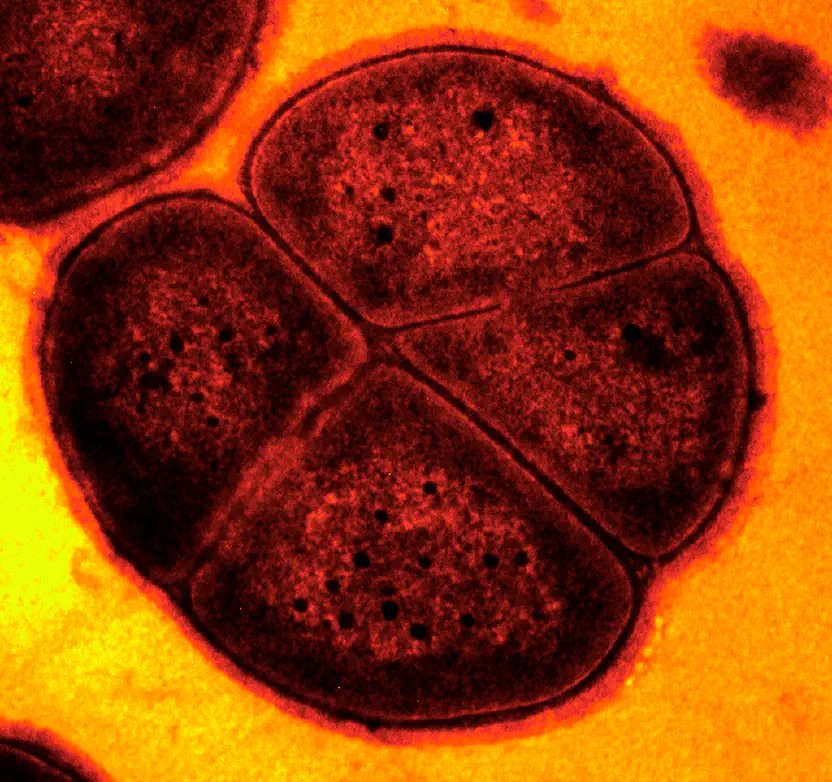
 08.25.2021
08.25.2021Deinococcus radiodurans
Deinococcus radiodurans is an extremophilic organism, meaning it can live in extremely challenging environments – its name literally means “a strange berry that withstands radiation.”
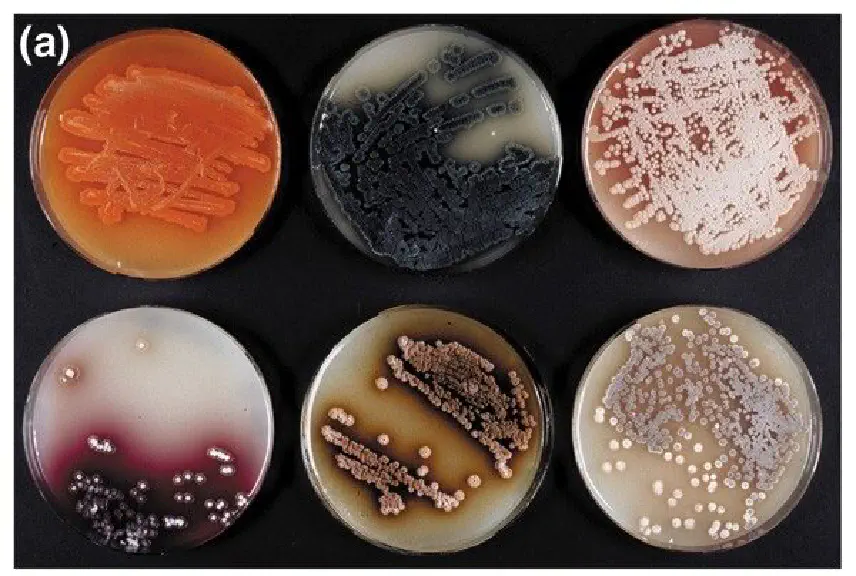
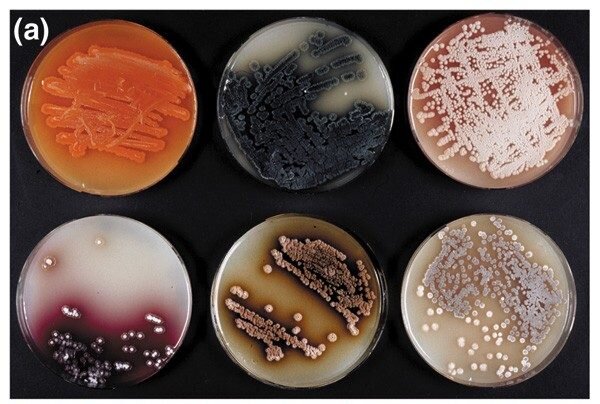
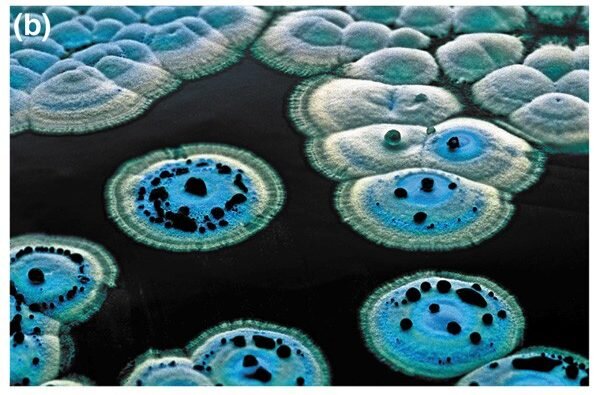
Streptomyces coelicolor produces color and medicine.
Not only do they produce about two-thirds of clinical antibiotics, Streptomyces are curious bacteria in terms of their life cycles and morphological characteristics. They belong to a category of strange organisms that are able to form spores: a hardy form adopted by a bacteria to protect its genetic material which is resistant to many extreme environmental conditions such as heat, dryness, and extreme radiation. Spores form powdery morphologies which may be mistaken as fungi. S. coelicolor, as pictured above, forms such morphologies and also secretes a blue-pigmented antibiotic, Actinorhodin.
Actinorhodin’s pigmentation is red at acidic pH and blue at basic pH, it has been observed to be a potent bactericide, S. coelicolor produces another novel antibiotic, Clorobiocin, a potent inhibitor of DNA gyrase, an enzyme required for DNA synthesis. It also produces an anti-tumor agent: Undecylprodigiosin!
Like other Streptomyces, S. coelicolor lives in the soil and decomposes organic matter. This bacteria has a beast of a genome: 8 million base pairs, with 7,800 protein coding genes (a eukaryote, yeast, in comparison, has about 6000 protein coding genes). S. coelicolor is often studied in the laboratory as a model organism: its genes which are responsible for sporulation have been removed to study the mechanism of Streptomyces sporulation.
The images are from a review by Thompson et al.

 08.25.2021
08.25.2021Deinococcus radiodurans is an extremophilic organism, meaning it can live in extremely challenging environments – its name literally means “a strange berry that withstands radiation.”
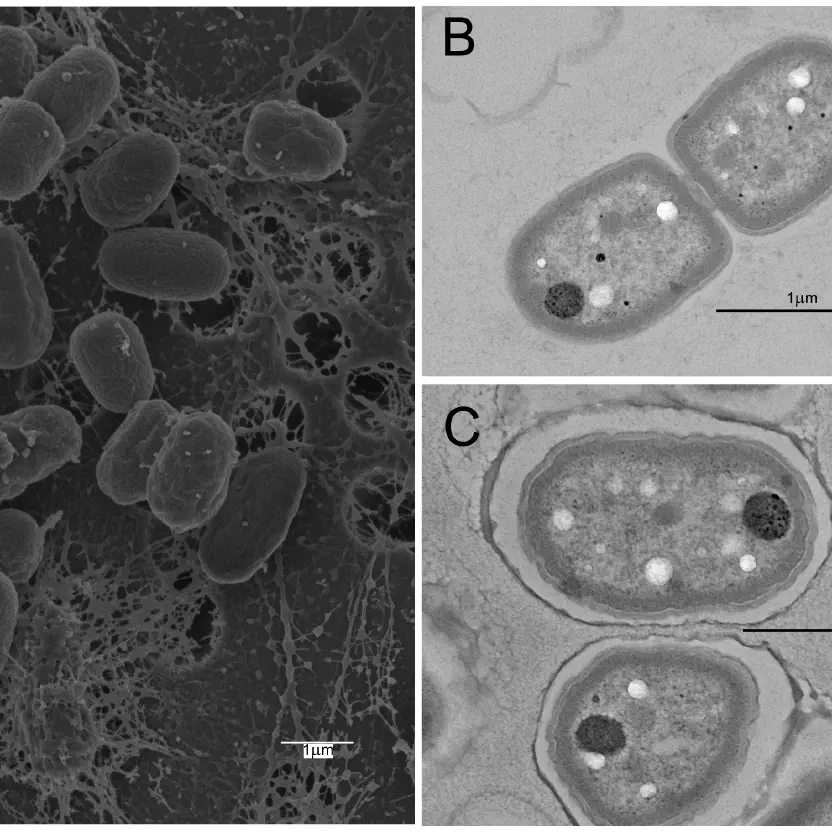
 07.25.2021
07.25.2021Gloeobacter violaceus is an atypical bacteria that lives on rocks and requires sunlight for growth.
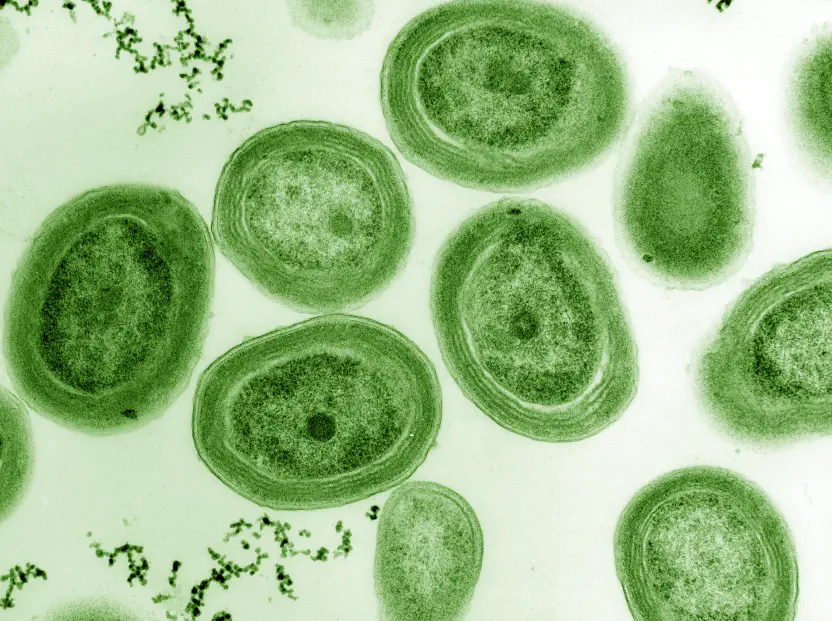
 10.13.2022
10.13.2022Prochlorococcus marinus is the most abundant photosynthetic organism in the ocean, and most likely on the planet!